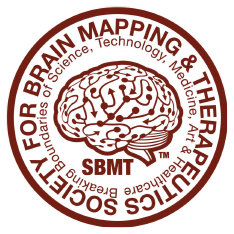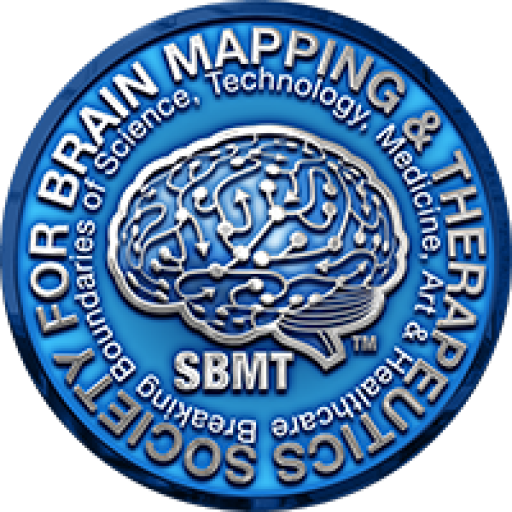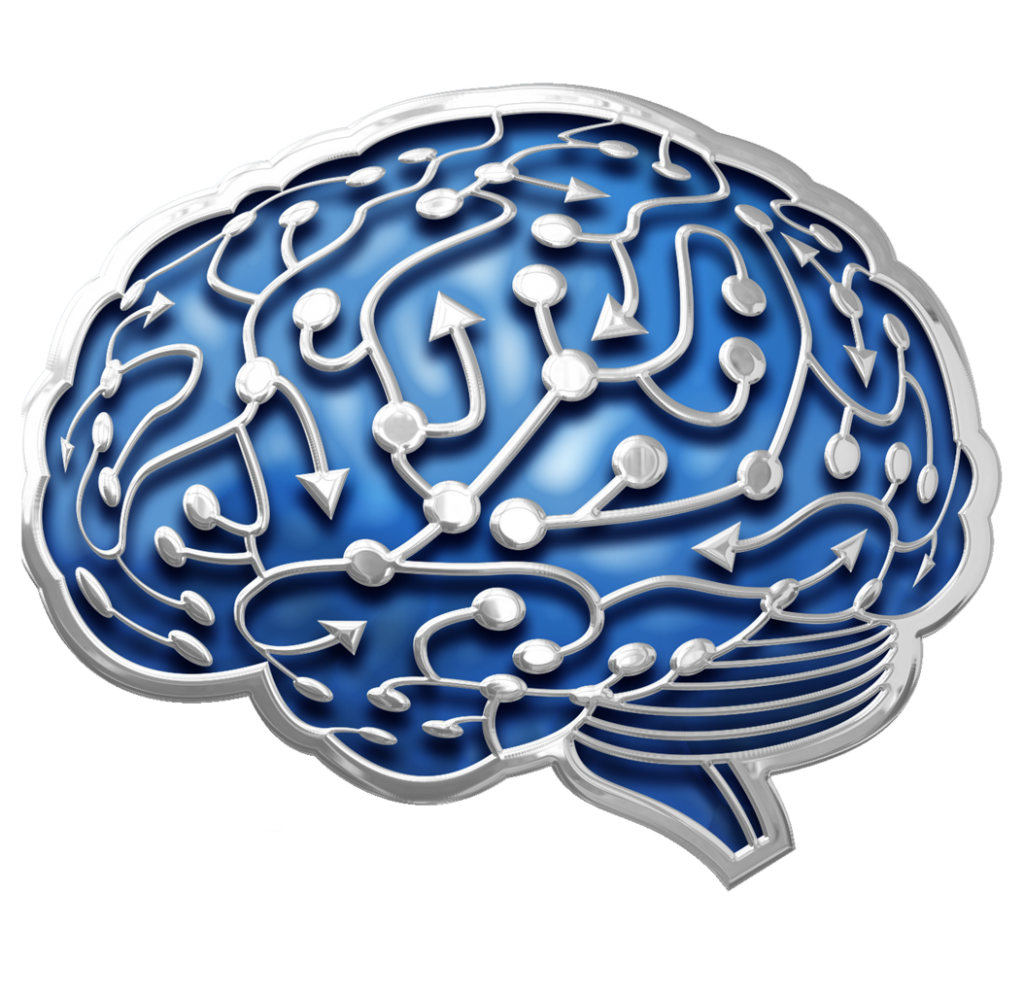
Case Studies from Clinical and Research Settings: Real-World Examples of Neuroimaging Solving Complex Problems
Objective:
To explore real-world case studies where neuroimaging has played a crucial role in solving complex clinical and research problems.
Introduction:
Neuroimaging has become a critical tool in both clinical settings and research environments. From diagnosing brain tumors to tracking the progression of neurological diseases, neuroimaging provides insights that guide treatment decisions and improve patient outcomes. The following case studies highlight the diverse applications of neuroimaging in real-world scenarios.
Key Concepts in Clinical and Research Case Studies:
- Traumatic Brain Injury (TBI):
- Neuroimaging, especially DTI, is used to assess brain injuries in TBI patients. By examining white matter damage and disrupted brain networks, clinicians can better understand the severity of the injury and predict recovery outcomes.
- Neurodegenerative Diseases:
- In Alzheimer’s disease and Parkinson’s disease, MRI and PET scans help track disease progression, identify early biomarkers, and guide treatment strategies.
- Epilepsy and Seizure Localization:
- Functional MRI and PET scans are used to localize seizure foci in epilepsy patients, allowing for surgical intervention and improved treatment outcomes.
Applications of Neuroimaging in Clinical and Research Settings:
Case Study 1: Brain Tumors:
- MRI scans are routinely used to detect brain tumors. In one case, a patient presented with symptoms of memory loss, and MRI revealed a glioma in the temporal lobe. The tumor’s location was confirmed using functional MRI, which showed that it was near critical language areas, guiding the surgical approach.
Case Study 2: Alzheimer’s Disease Diagnosis:
- A patient exhibiting signs of cognitive decline underwent a PET scan, which revealed reduced glucose metabolism in the hippocampus, a hallmark of Alzheimer’s disease. MRI scans also showed atrophy in the hippocampal region, confirming the diagnosis.
Case Study 3: Stroke Recovery:
- After a stroke, a patient underwent DTI imaging to assess white matter integrity and neural connectivity. The results helped predict the patient’s potential for recovery and guided rehabilitation efforts.
Real-World Example:
- Multiple Sclerosis (MS):
- MRI is essential in the diagnosis and monitoring of MS. In a study involving MS patients, DTI was used to track white matter lesions and their impact on brain connectivity. The study revealed that MS lesions affect neural pathways, and early detection of these changes was associated with better long-term outcomes.




